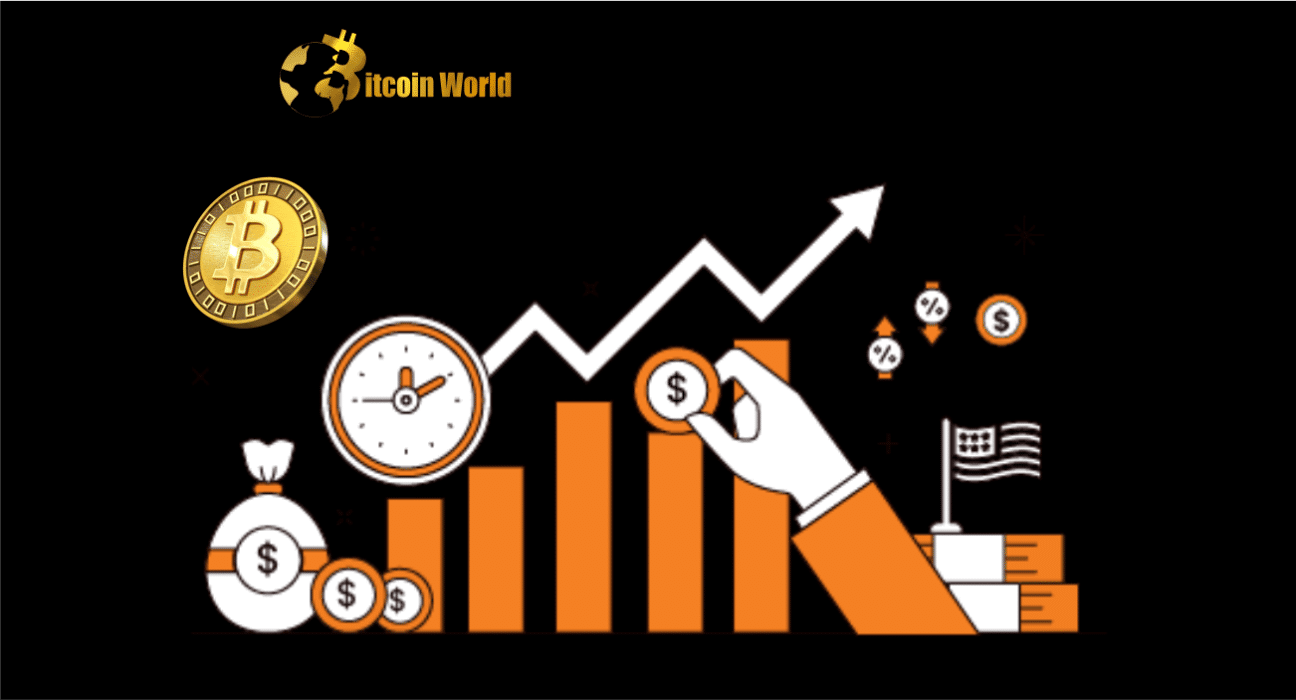Bitcoin’s connection to US equities markets has recently dropped to its lowest level in over a year and a half. According to the crypto analytics firm CoinMetrics, Bitcoin’s 30-day pearson correlation with the S&P 500 has just dropped below 0.20, its lowest level since September 2021.
This is a significant shift from mid-2022, when Bitcoin and stocks were generally running in lockstep, with the 30-day correlation temporarily exceeding 0.7. Yet, given the recent divergence between the Bitcoin price (which has been skyrocketing) and the S&P 500 (which has been stagnant), that correlation is expected to continue to fall. If it falls below 0.08, it will have reached a three-year low.
In 2021 and 2022, Bitcoin was mostly seen as a speculative technology/asset that should move in accordance with liquidity conditions, similar to a tech stock. That explains why the cryptocurrency experienced such a strong boost in 2020 and 2021 as the US (and worldwide) economy was laden with fiscal and monetary stimulus, before falling back aggressively in 2022 as that stimulus was reduced (primarily via aggressive rate hikes from major central banks).
Bitcoin’s price increased in lockstep with the US tech stock sector, with a peak in 2020/21 and a drop in 2022. But, the beginnings of a financial catastrophe in early 2023 will put that partnership to the test.
Rather than perceiving Bitcoin as a speculative asset (like a tech stock), investors may finally be beginning to see it as the safe-haven alternative to the fiat-based central bank-centered fractional reserve banking system that its designers and proponents have wanted them to see it all along.
Bitcoin has made a strong case for the designation of “digital gold” in recent weeks. Bitcoin has risen more than 40% from monthly lows under $20,000 as investors seek alternative, “harder” currencies/mediums of exchange, with the cryptocurrency rising in sync with gold prices.
Fiat currencies (such as the US dollar, Euro, and British pound) are not considered as hard as gold and Bitcoin since their value is more quickly lost through inflation. Hence, Bitcoin has been catching a safe haven bid just as US stocks have been languishing, with investors worried about how serious the present bank sector problems will develop, and how much this would damage the forecast for economic growth.
Bitcoin isn’t merely a speculative technology that will likely fade away. It is a highly resilient, incorruptible, decentralized peer-to-peer payments system that provides a genuine, fairer, and more transparent alternative to the current financial system.
And it appears that investors are finally treating it as such, which is a positive sign for the cryptocurrency. If the banking crisis intensifies and stocks fall as a result, Bitcoin’s safe-haven gains are expected to accelerate. Yet, even if American officials are able to avert a crisis, the prospect of considerable future tightening from the US Federal Reserve has almost certainly been dashed. In other words, the end of the trekking cycle appears to be within striking distance. And if looser financial circumstances (lower US yields) are on the way, gold and Bitcoin could benefit.














